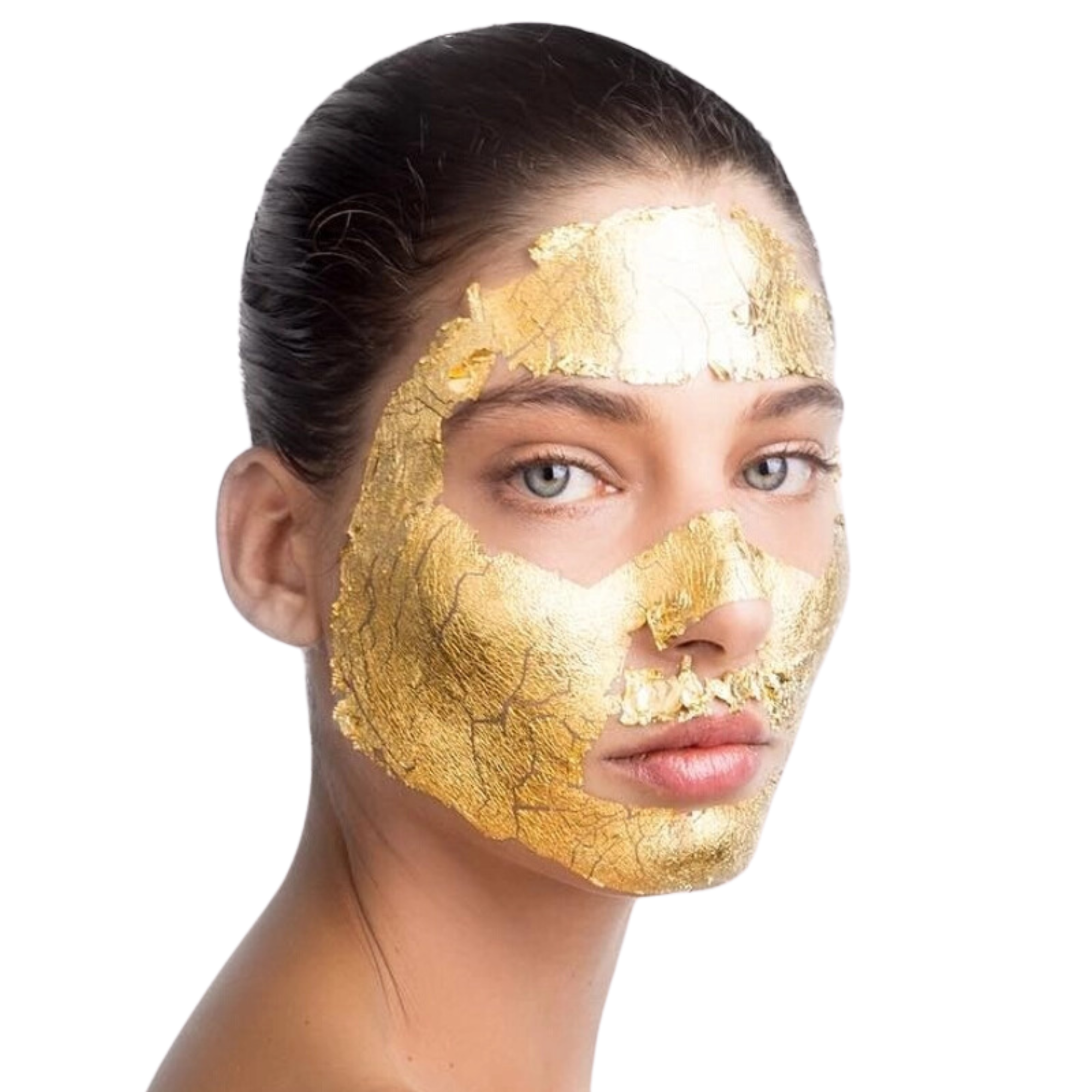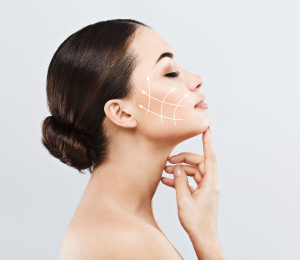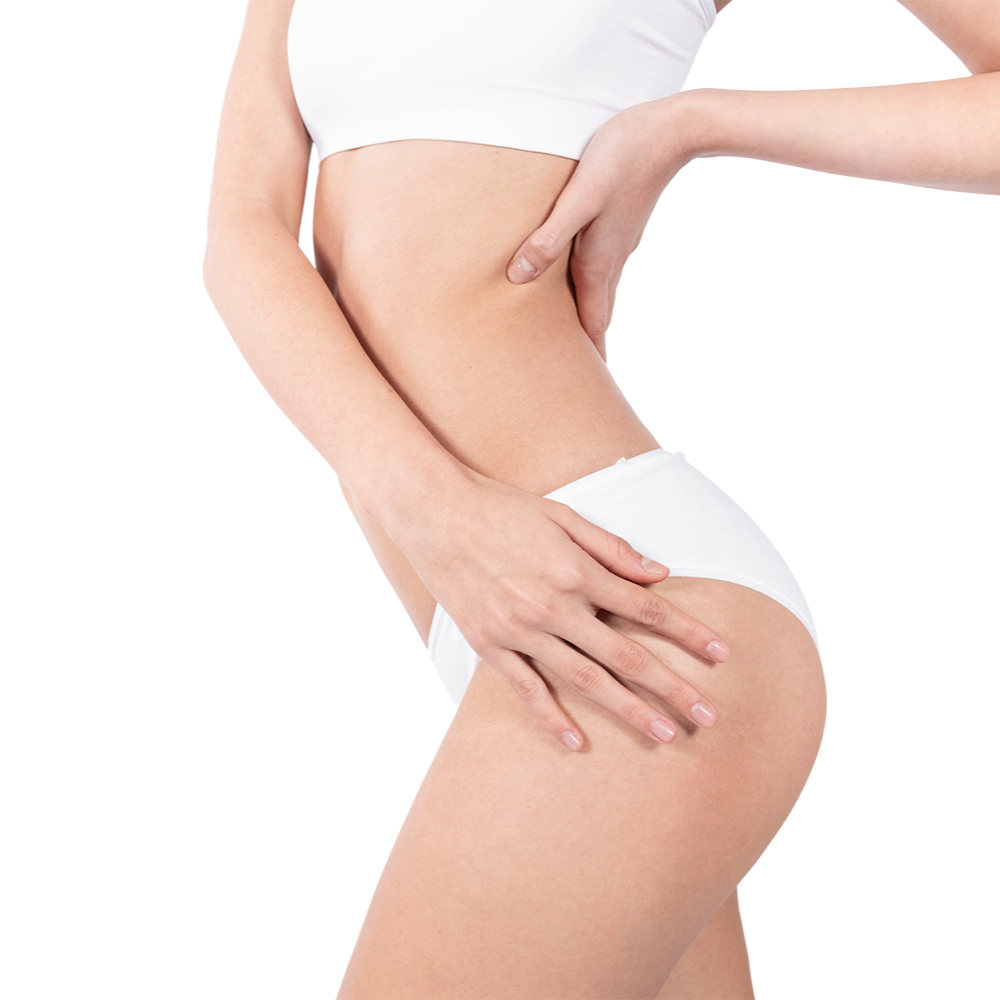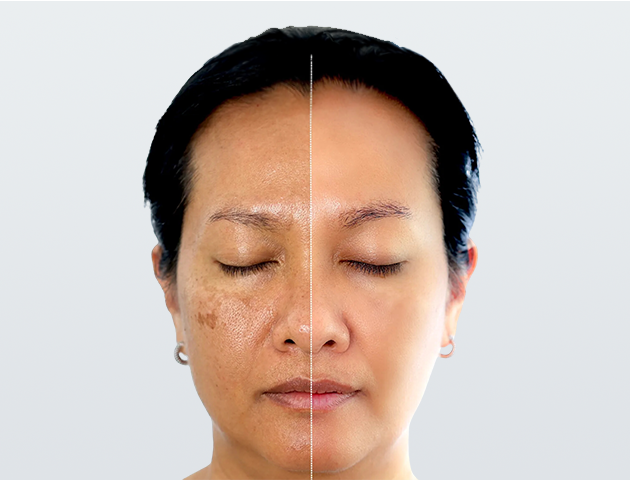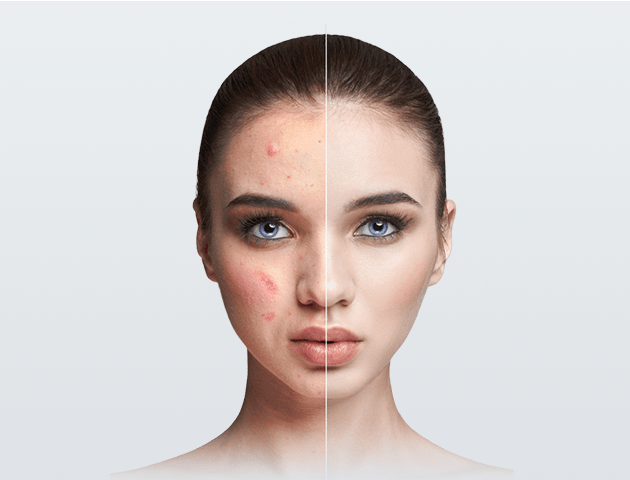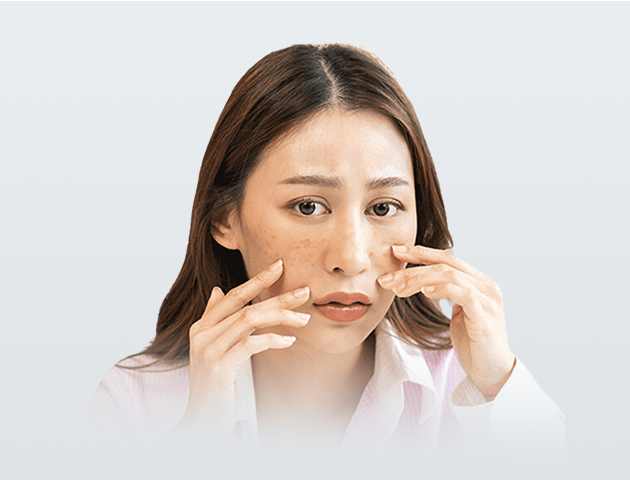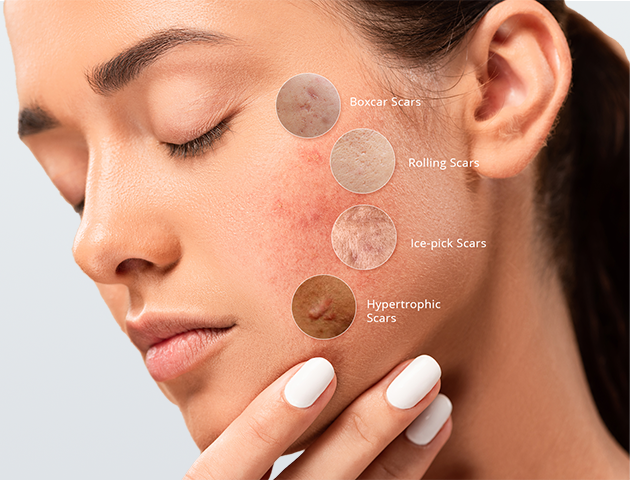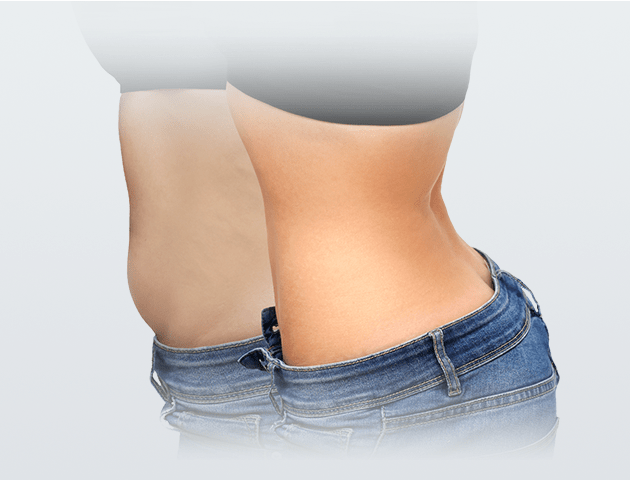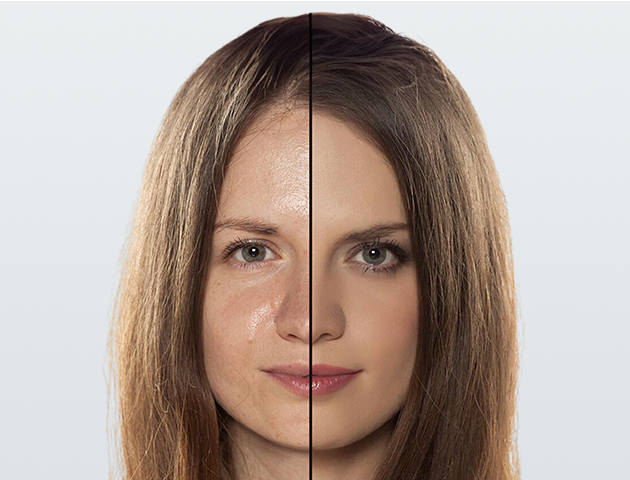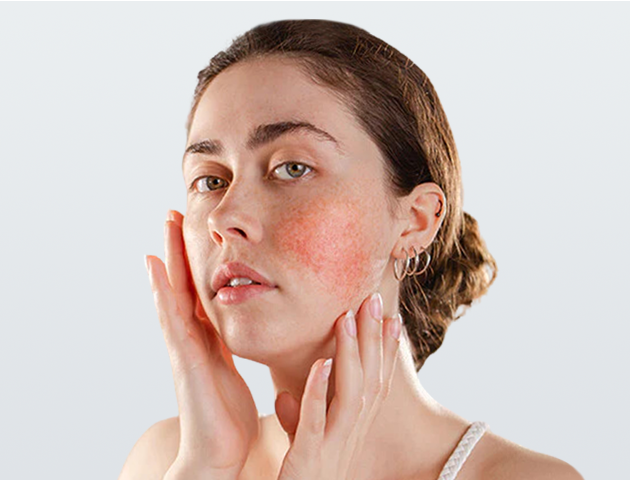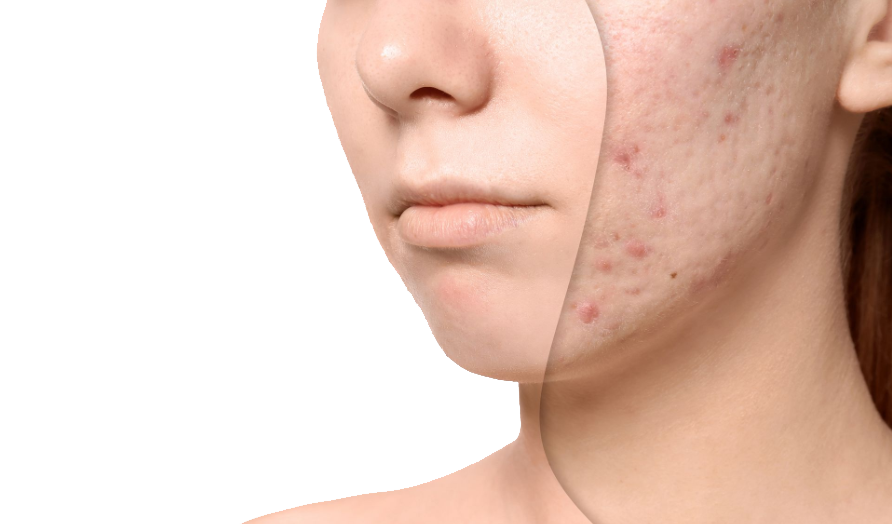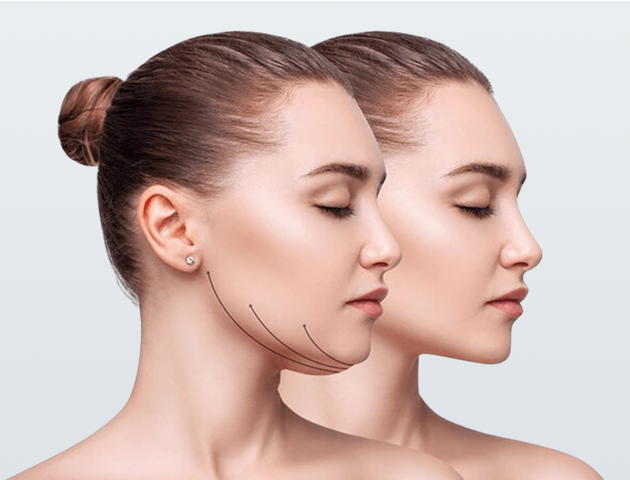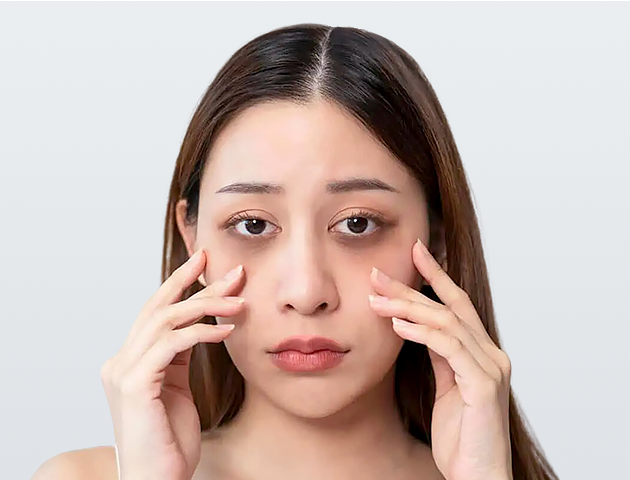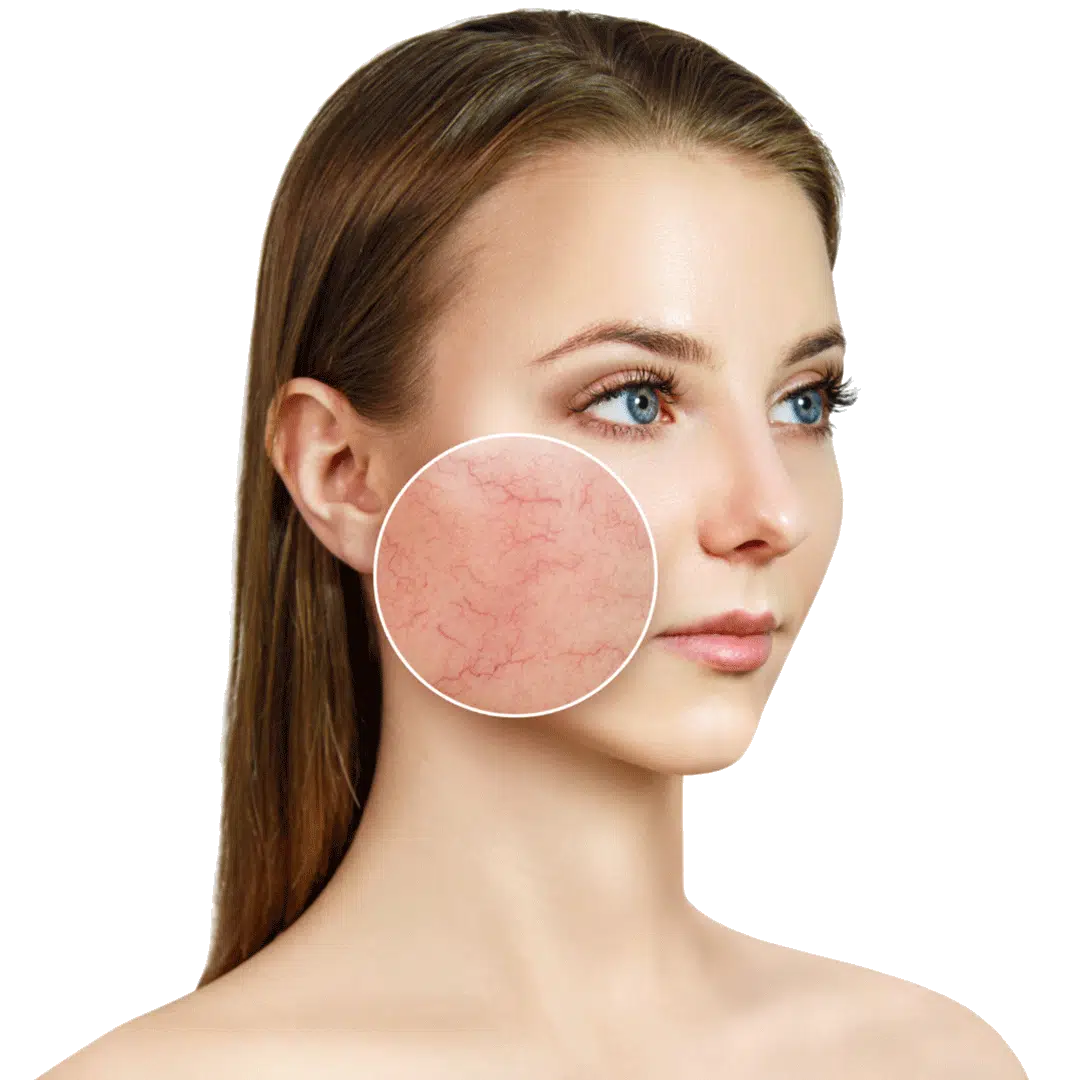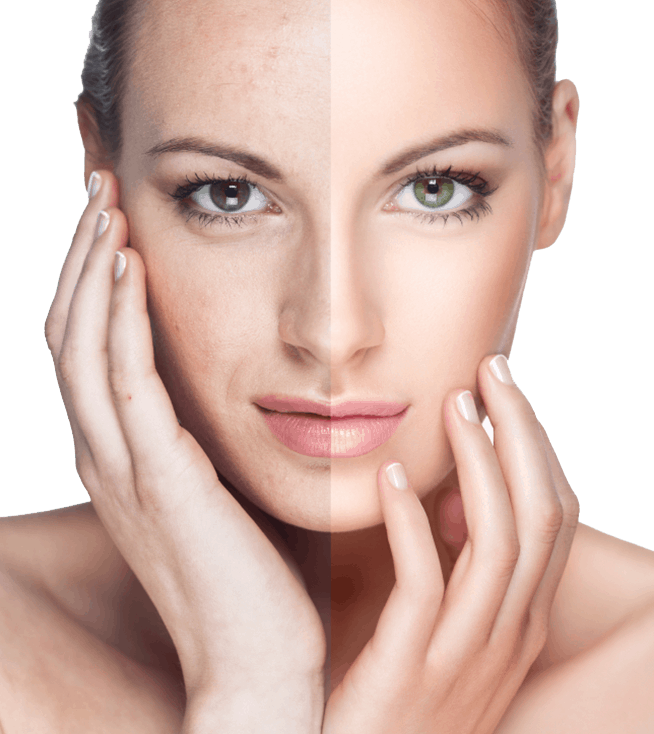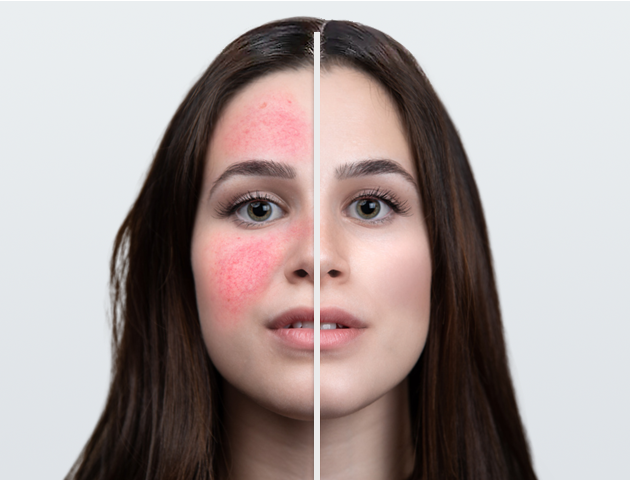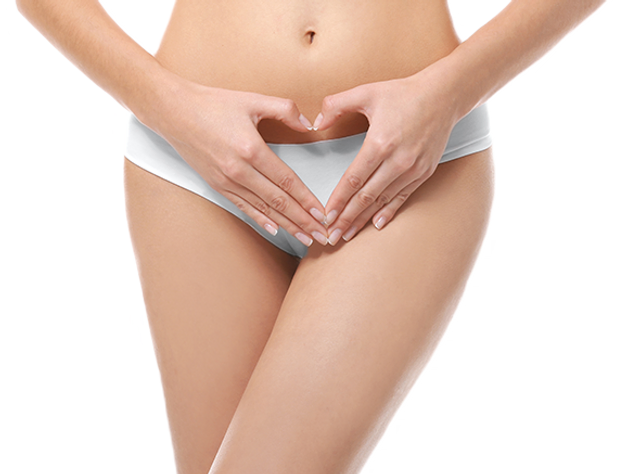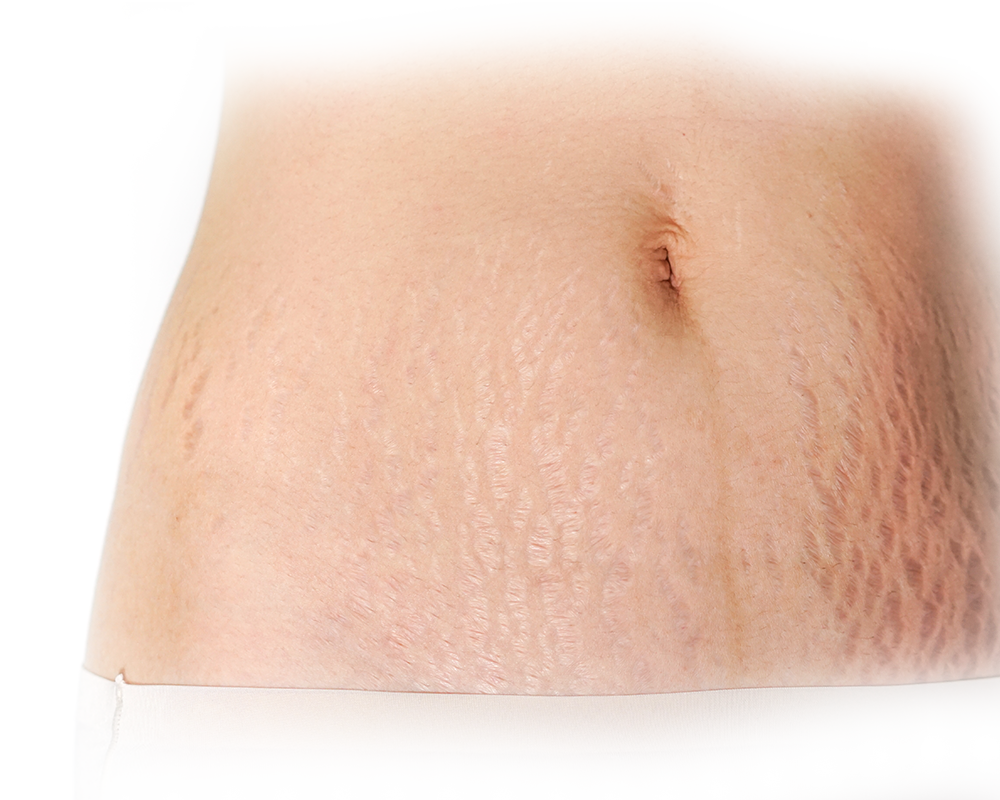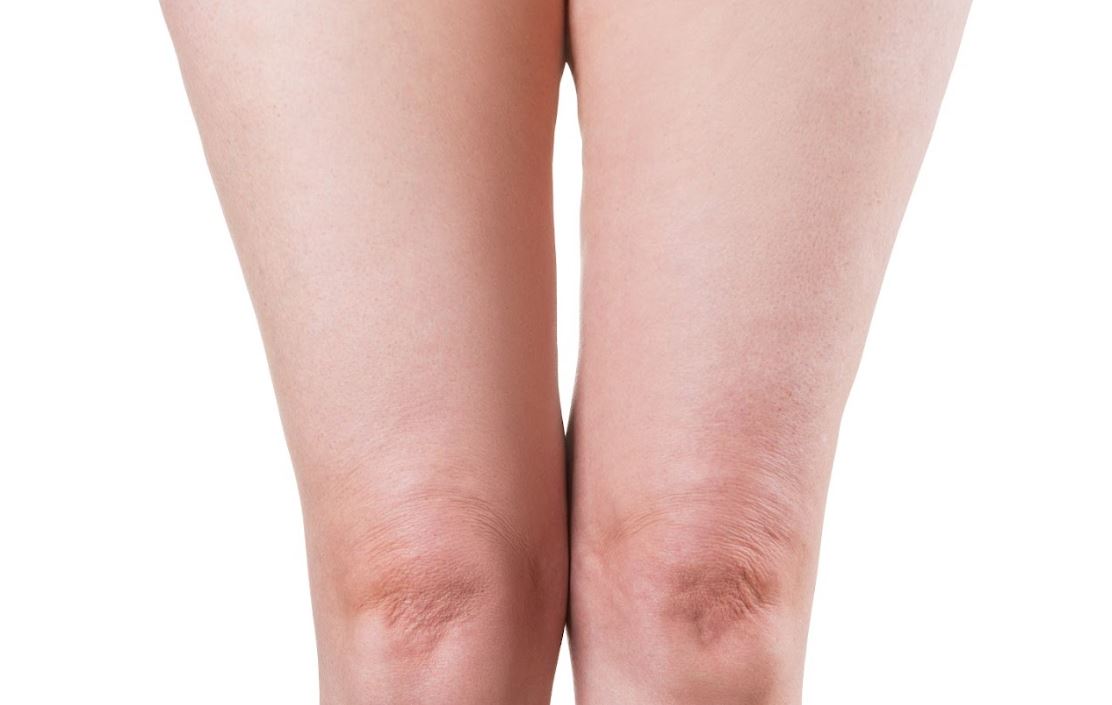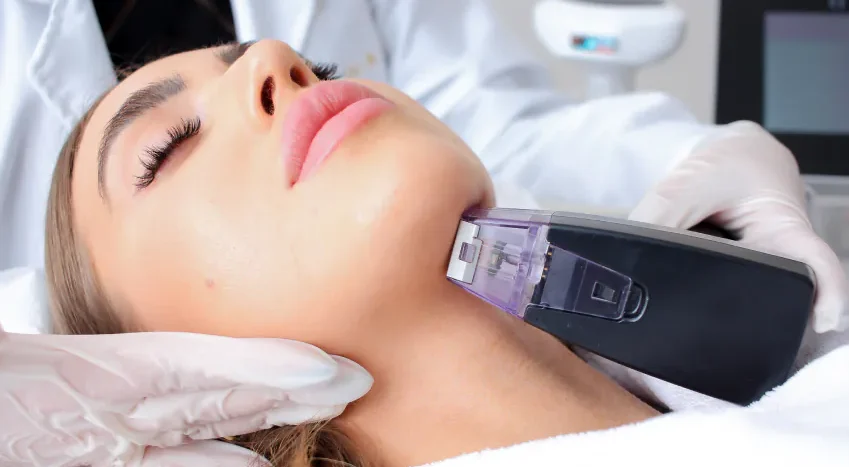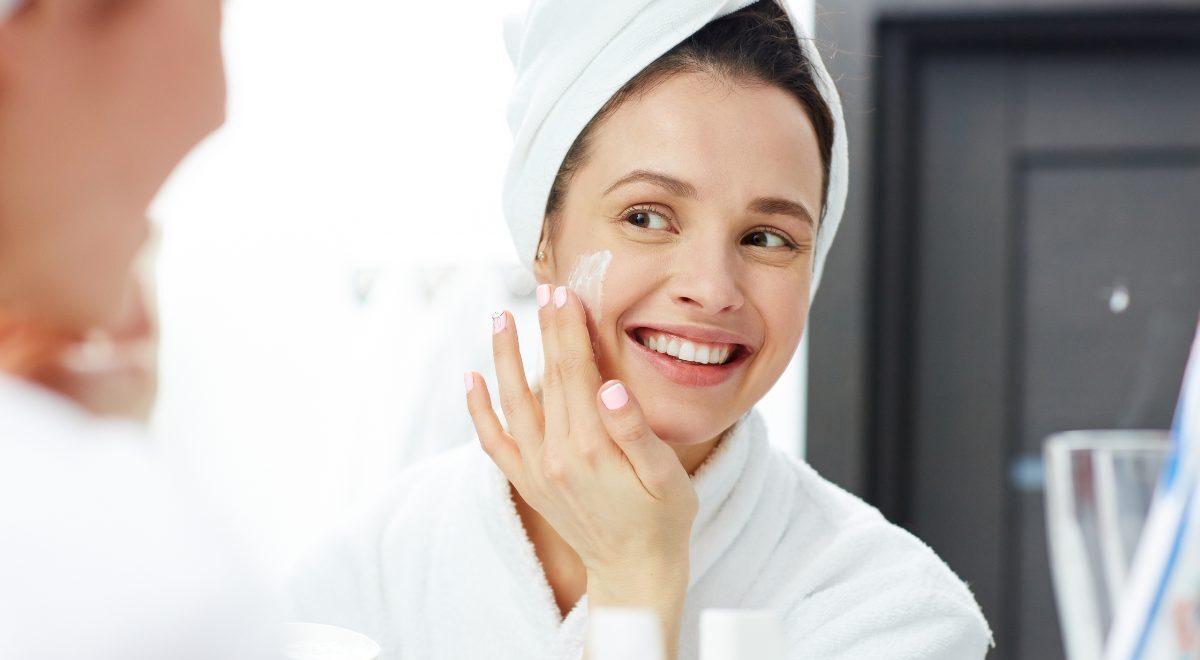
It turns out Kylie Jenner isn’t alone in her quest for a fuller pout: According to a recent report by the American Society of Plastic Surgeons, 2015 was a record year for lip augmentations.
Various sources believe that Kylie’s openness about her lip enhancements might actually be part of the reason for the procedure’s spike in popularity. (She went public about her fillers last May.) But many doctors estimate it’s more likely due to selfie culture in general, and society’s desire to look flawless on social media. If there’s one important thing to take away from this study, it’s that the eyes may be the windows to the soul, but the lips are essential to a great selfie.
Of course, the popularity of lip augmentations is also in part because the procedure is relatively simple and painless compared to other cosmetic surgeries. As a result, it tends to be cheaper and more accessible.
To ensure you don’t wind up on Botched, read on to know your lip filling options, how to tell good fillers from the bad, and why you shouldn’t be always going for the cheapest variant.
What Type of Lip Fillers Should You Go For?
So, what are lip fillers, exactly? Let’s start with what they’re not: permanent. They last only about three months to a year. The kinds the derms recommend are made of hyaluronic acid — a sugar (found naturally in the body) that adds temporary volume and definition when injected into lips.
Over the last several years, the government has green-lit various hyaluronic acid (HA) fillers for lips. The new formulas are all similar in composition with slight variations in longevity and density, which can determine when and how they’re used. According to Dr Low Chai Ling, FDA approved options include Restylane, Juvederm, Boletero. “They are all hyaluronic acid fillers with small differences. It’s difficult to say which is the best, it’s like comparing Pepsi to Coke” says Dr Low, who however admits that while she has tried all the fillers listed at her 8000 square foot practice at SW1 Clinic, she does have her favourites and some patients do best with a combination of different fillers for different effects.
Do Your Research
The most important step in filling your lips is finding the right injector. Depending on where you are from, the people qualified to administer these injections may range from derms to plastic surgeons to aesthetic doctors. In our experience, it is better to find a doctor who has years of experience administering lip fillers rather than one based on overall qualifications alone. For instance, a plastic surgeon may specialize in breast reconstructive surgery but that does not mean he is as skilled doing lip fillers. Finally, a word of caution for those seeking lip injections from non-medical professionals. The draw is usually their relatively cheap price points but know that you will have less recourse when something goes wrong as spa operators are not regulated by Ministry of Health. You will also have no guarantees that an approved product is used, rather than a cheaper bootleg variety as a result of lack of regulatory oversight.
Schedule a Consultation
During the initial meeting, you will review your medical history, discuss your goals (subtle definition versus major volume), and learn how to prep for the day (avoid blood thinners such as NSAIDs, alcohol, and fish-oil and vitamin-E supplements for two weeks before; they up your chances of bruising and bleeding during and after treatment, says Dr Low. If a medical practitioner has done many such treatments before, there should be a seamless process where they are able to answer your questions and take you through the pre and post treatment protocol effortlessly. If the staff of the clinic are unsure about what to do before or after a lip filler procedure, then be very worried.
Be Ready to Dish Out Some Cash
A plumper pout can set you back anywhere from $300 to $2,000. And as with most things in life, you get what you pay for. A higher price tag often means you’re paying for an injector’s experience. As for those coupon sites? Don’t be tempted. If an office or medical spa is offering services for a fee that seems too good to be true, know that your filler may have been cut with water or saline to cover the cost (meaning your fillers may not last or could come out uneven).
How long does the procedure take?
Less than an hour. First, your injector will cleanse the area and apply a topical numbing cream (it needs about 20 minutes to kick in) or inject you with lidocaine. Then, “the injections themselves take 15 to 20 minutes.
How bad does it hurt?
In a professional practice, Dr Low says you should be offered numbing cream. In most cases, this is enough to numb out the pain of the new lip filler injections as they are tiny injections. But in some cases, you may also be offered a lidocaine inhection. Most women say the lidocaine shot hurts most (like an intense bee sting). As for the filler itself, it can be best described as an immediate pricking sensation, then uncomfortable pressure as the filler moves throughout the lips.
Will they look good right after?
You’ll see immediate volume, but expect a few days of bruising and swelling (so schedule accordingly).
What about the side effects?
You may notice some small bumps under your lips. They usually smooth
out on their own within a week or two, but if not, your injector can remove them. While rare, more serious complications (like a blood clot) can occur, so if you’re experiencing significant pain or skin discoloration, see a doctor ASAP.

